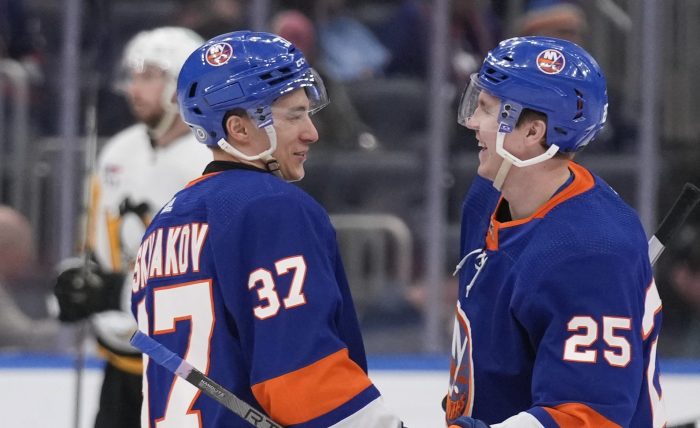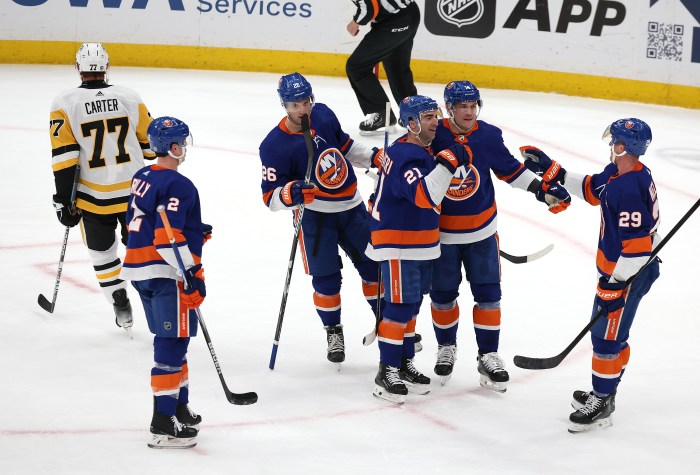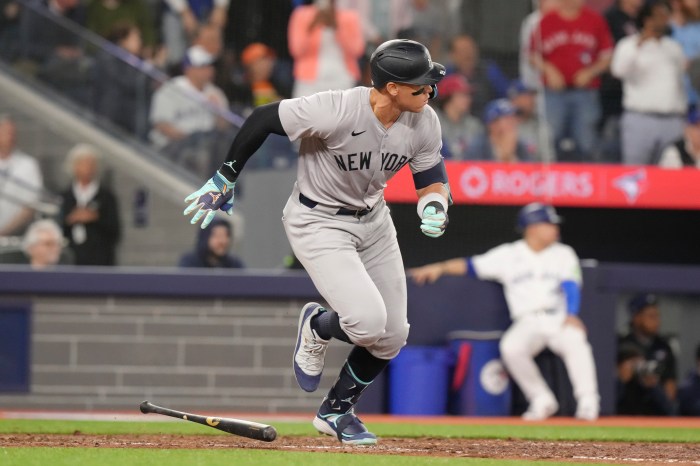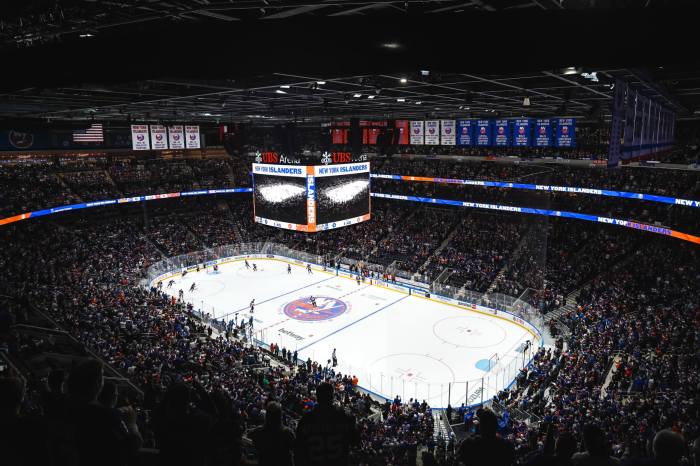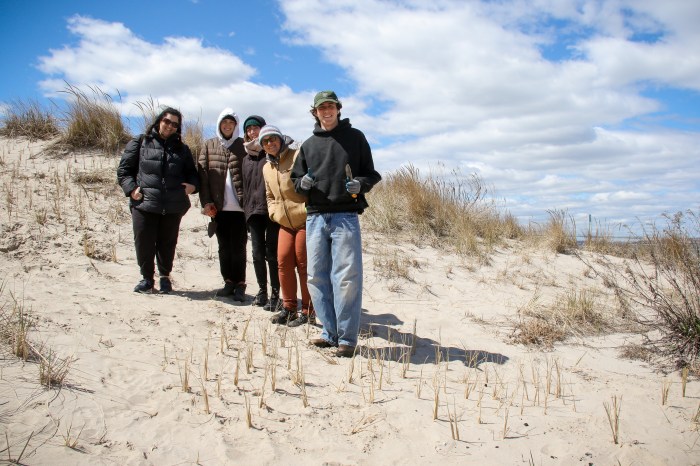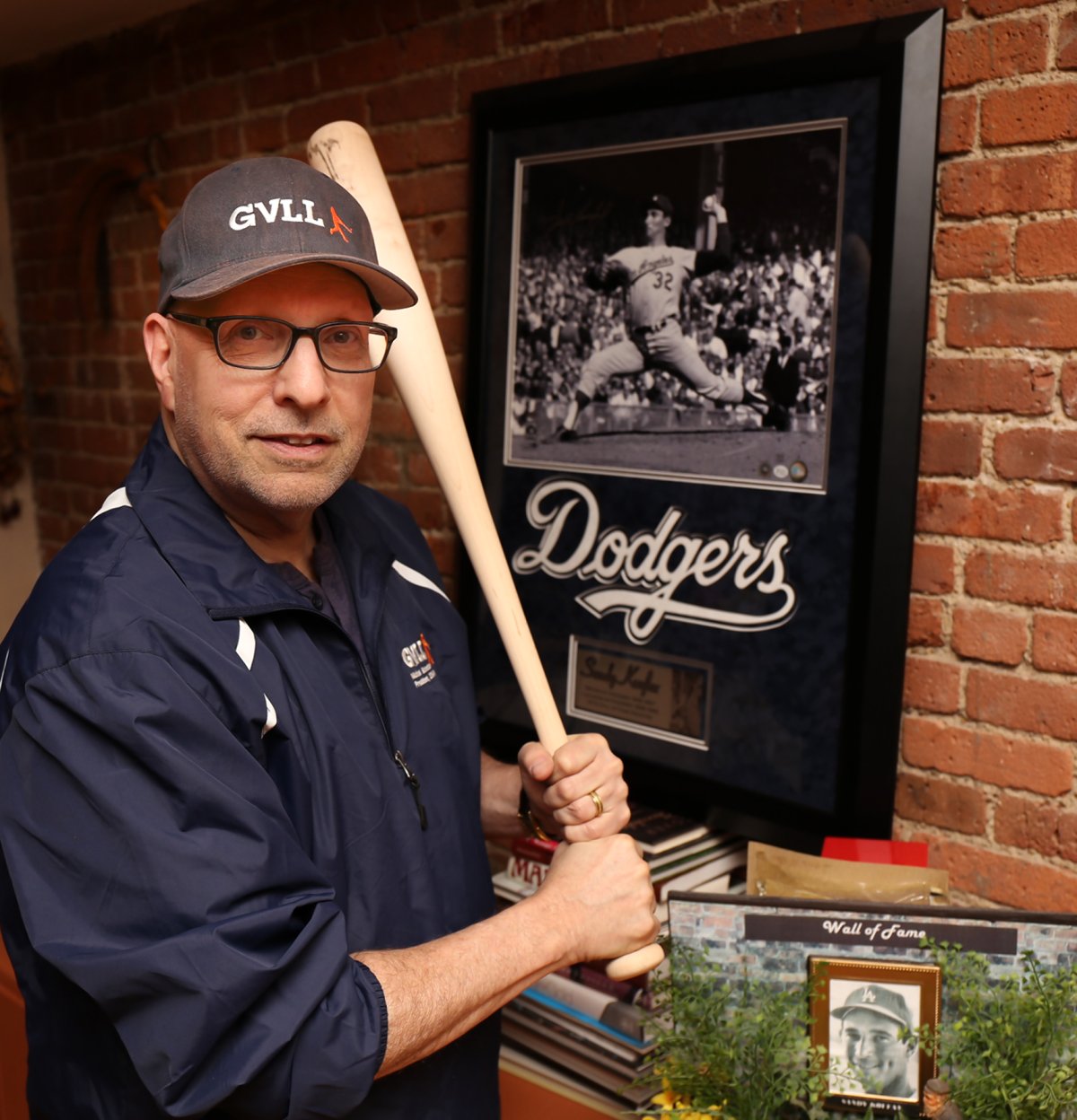
BY DENNIS LYNCH | After a decade of volunteer work with the Greenwich Village Little League, Michael Schneider was elected this past summer to a two-year term as its president. As anyone knows who follows local news about the waterfront, it’s sure to be an interesting time for G.V.L.L. and its home base at Pier 40.
Last month the city approved a deal under which the Hudson River Park Trust can sell some of its unused development rights from Pier 40 to developers to raise money for much-needed repairs to the pier. But the Trust will still have unused “air rights” left on Pier 40 — about 380,000 square feet, in fact — which it will only be allowed to use on the pier, under the deal. So, that likely will mean a redevelopment of the pier itself.
Given that reality, Schneider said he would be “foolish” not to have concerns that Pier 40 could change dramatically and to the detriment of the youth sports leagues who use it, although for now he’s confident that won’t happen.
“There’s nothing I have heard that has caused me to have concern,” he said. “If you listen to the Hudson River Park Trust, its president Madelyn Wils and the people on Community Board 2, they don’t seem concerned and they’re all friends of mine who would be very honest with me. I’m always concerned about anything that isn’t written in stone and is subject to potential change. I don’t have reason to be concerned. But I just don’t believe we should declare victory, just count ourselves happy and go from there.”
There’s been some talk about possibly building up on the pier — on its southern and northern edges. A major concern of the leagues is that the ball fields would be moved skyward onto the rooftop of a building. (Some previous plans for the pier, in fact, called for this, though ultimately didn’t pan out.) The fields are now in the central courtyard, encircled by a pier shed that at least partially protects them — and the players — from the harsh winds whipping from the river. Schneider called the idea of elevating the fields “not functional” because they would then be exposed to the winds.
“Anyone who knows baseball knows that fly balls get up there,” he said. “And when you get the wind coming off the Hudson, it’s cold, really cold — that’s very disconcerting. If they were to open it up, that would be worse.”
The league president wouldn’t be surprised if the Pier 40 project eventually changes, however, considering the amount of money involved and the sheer scope of the work needed at the pier. He’s just hoping the local family sports mecca doesn’t change too much.
“We’re going to see some changes, little things will happen,” he said. “I understand their intention is to keep the field level as it is currently. If they honor that and other things change, I’ll shake their hands and thank them sincerely.”
The immediate work at Pier 40 will focus on repairing the 3,500 steel piles that support it in the river. That requires sending divers down underneath the pier and possibly opening up its middle to give them better access to the center piles.
Schneider initially heard that interruptions in the leagues’ play would be mitigated, as workers would work their way around the field by section — doing first one side of the pier and then the other. But now he’s heard G.V.L.L. and other leagues may actually lose field time, so he’s been looking for new places to play.
“We have talked about approaching someone if that’s necessary,” he said. “Governors Island has a number of baseball fields and if they are going to close Pier 40 down for a while, we could catch the ferry running up the Hudson River. It might be something we could pull off. Would it be inconvenient? Yes, of course, but it’s something we could do if we could get field space out there.”
From his understanding, the Governors Island fields are underused. At the least, he knows no Little League organizations in Lower Manhattan use them.
“We could always see if Randall’s Island could give us more space. They’re good to us,” he added. “Murry Bergtraum Field used to give us a lot more space than they do now, so we’ll see. It’s very difficult to plan when there’s such a limited amount of field space in the city.”
So far there are no plans to upgrade the Pier 40 fields as they are now, Schneider said, which is not necessarily bad.
“We’re not asking for more,” he said. “We’re just asking for not less. If all this never came up and we didn’t need to fix the piles, we’d be fine. I haven’t heard of a single upgrade to the fields, other than the fact that they’re not going to collapse — I would consider that a strong upgrade. And, logically, if they have to open up the field to get divers down under the pier, I would assume we could get new turf on the field to replace what they destroy.”
One improvement that Schneider would be happy to see? Dugouts for the southwest and northeast fields to protect the small kids who play there from rogue foul balls and other game hazards. Speaking of safety, Schneider said he really wished that the St. John’s Partners developers who bought 200,000 square feet of air rights from Pier 40 had agreed to build a pedestrian bridge across West St. within a block of the pier, which would make getting to the ball fields much less harrowing for small kids and families. The developers said the bridge simply is too costly. But an additional crosswalk will be added spanning the highway.
The G.V.L.L. leader has got a few other plans for the league itself, as well. Starting next year, the Little League won’t separate teams into two groups based on skill level. All players in each age group will be able to play against their peers, which is what the national Little League organization encourages.
Kids who join travel teams, starting as early as age 9, will stay with their teams throughout their time with the travel program going forward, as well. Other than that, it’s still baseball, Schneider said.
“We won’t change from three strikes, four balls and nine kids in the field,” he said. “It’s hit, catch and throw that’s how things should stay.”
The Little League is an all-volunteer organization with about 30 volunteers, not including coaches. Schneider called those volunteers the outfit’s backbone.
“I just can’t say enough about them,” he said. “If putting 800 kids through baseball in this concrete jungle isn’t gratifying, I don’t know what is.”
To get involved with G.V.L.L., you can reach Schneider directly at koufax77292@gmail.com.










